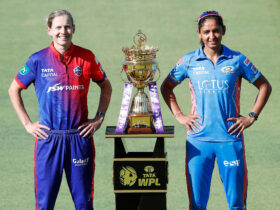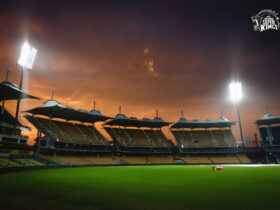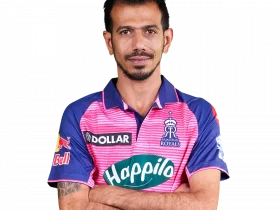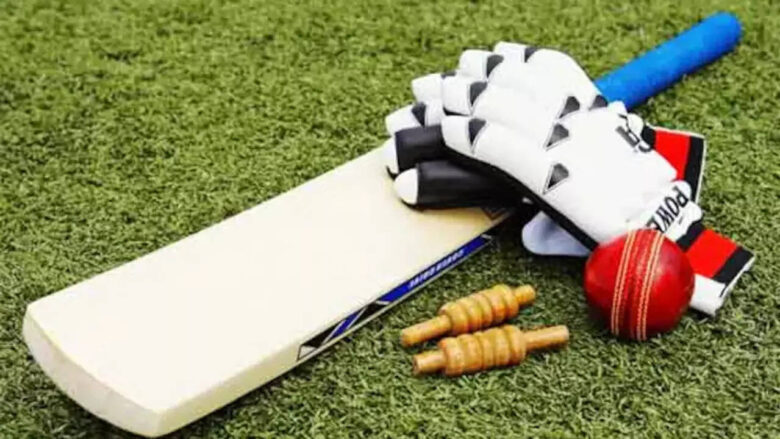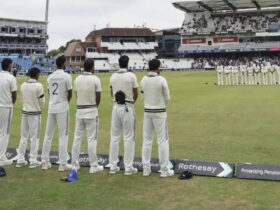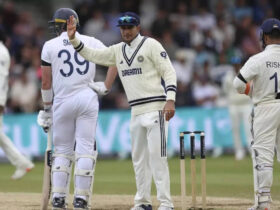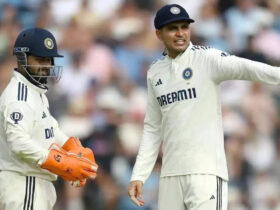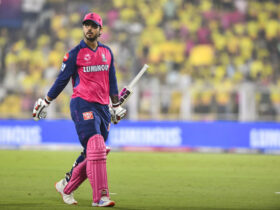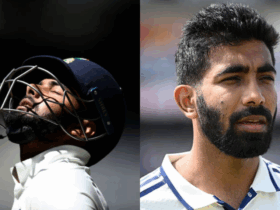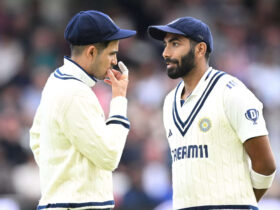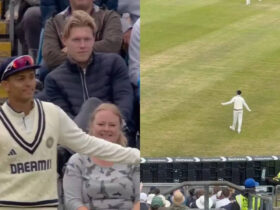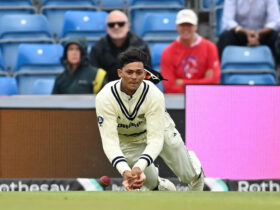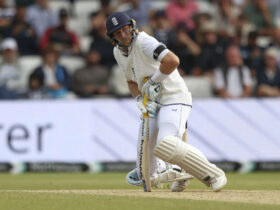BCCI’s Game-Changer: New Bone Test Rule to Protect Young Cricketers from Age Disqualification
In a groundbreaking move to safeguard the careers of budding cricketers, the Board of Control for Cricket in India (BCCI) has rolled out an innovative policy involving an additional bone test at the junior level. This initiative, announced in New Delhi, aims to prevent young players from losing a crucial season of competitive cricket due to the existing ‘+1 factor’ in age eligibility calculations, which often results in narrow disqualifications.
Under the current system, a cricketer’s age is assessed using the TW3 method, a scientific approach to determine bone age. A ‘+1’ year is then added to project eligibility for the subsequent season in the same age category. However, this arithmetical addition has occasionally led to deserving players being sidelined due to marginally exceeding the age limit. The BCCI’s new rule offers a second chance—players in the U-16 boys’ category can now opt for an additional bone test in the following season if the ‘+1 factor’ deems them ineligible initially.
‘This step ensures precision in determining a player’s actual age and prevents anyone from losing out due to a mere mathematical formula rather than scientific evidence,’ a BCCI source exclusively told PTI. The current bone age limits stand at 16.5 years for U-16 boys and 15 years for U-15 girls. To meet eligibility, a male player’s bone age must be 16.4 years or below in the next season, while for females, it should be 14.9 years or below.
Explaining the policy with an example, if a U-16 boy undergoes a bone test in the 2025-26 season and the result shows a bone age of 15.4 years, no further test is required. The ‘+1’ year is added arithmetically, bringing the bone age to 16.4 years for the 2026-27 season, thus keeping the player eligible. However, if the initial test shows a bone age of 15.5 years or higher, the addition of one year pushes it to 16.5 or above, exceeding the threshold and disqualifying the player—unless a second test in the next season proves otherwise.
For U-15 girls, the principle remains similar. A player with a bone age of 13.9 years this season qualifies for the next with an adjusted age of 14.9 years. But if the test indicates 14 years or more, she can play this season but will be ineligible next year unless a follow-up test adjusts her status. ‘We’ve seen cases where the arithmetical projection doesn’t reflect the biological reality, costing players a vital year of development,’ the BCCI source added.
This reform is being hailed as a progressive step in Indian cricket, aligning with global standards for age verification while prioritizing fairness. The BCCI’s decision also comes at a time when age fraud has been a lingering concern in junior cricket, with several past incidents of over-age players dominating tournaments like the Cooch Behar Trophy and Vijay Merchant Trophy. By introducing a second bone test, the board not only addresses calculation discrepancies but also reinforces its commitment to nurturing genuine talent at the grassroots level.
As the cricket community absorbs this update, questions remain about its implementation across state associations and whether adequate infrastructure for consistent testing will be available nationwide. Nevertheless, the BCCI’s intent is clear: to create a level playing field where young cricketers aren’t penalized by numbers but empowered by scientific accuracy. This rule could well be the turning point for many aspiring stars dreaming of donning the Indian blue one day.



